Advertisement
It’s easy to think of AI as something distant or futuristic, but that’s no longer the case. Today, AI agents are already making choices, executing tasks, and learning from their outcomes—without human help. These autonomous systems aren’t just responding to commands; they’re figuring out what needs to be done and doing it. Whether it’s managing inventory in a warehouse or helping to discover new medicines, they’re stepping into spaces once thought to require a human touch.
They operate quietly in the background, and yet the changes they’re triggering are big. As they grow more capable, it’s worth looking at how they’re reshaping decisions, labor, and the way we think about responsibility.
The term “autonomous agent” refers to an AI system that can make decisions and act independently. It doesn’t need a human to approve every move. Instead, it’s trained on large sets of data and designed to reach goals through its own chain of reasoning.
Think of it as something between a software assistant and a decision-maker. You give it a goal, and it figures out the steps. Not just once but over and over, adjusting as it learns what works best. That might sound abstract, but it's already playing out in areas like finance, logistics, customer service, and cybersecurity. These agents can prioritize tasks, manage risk, and even monitor other AI systems to catch errors before they become real problems.
What makes them different from traditional automation is that they don’t need fixed rules. They learn, adapt, and often come up with responses people wouldn’t have written in advance.
Autonomous AI agents are reducing delays and keeping systems running smoothly. Picture a warehouse where packages are routed in real-time based on traffic, weather, and staffing levels. These agents coordinate with robots and human workers, reordering stock automatically when supplies run low and updating routes based on delivery delays. They don't follow one fixed schedule—they make thousands of micro-decisions all day.
Instead of chatbots that just follow a script, companies are using agents that understand what customers mean and adjust their responses accordingly. They don’t just answer questions; they troubleshoot problems, retrieve past orders, and suggest next steps without needing to pass things off to a human. What used to take multiple messages now happens in one exchange.
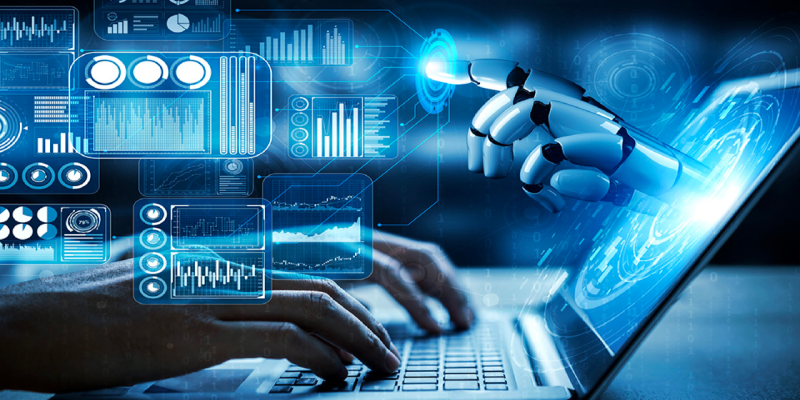
Threats move fast, and manual systems can’t keep up. Autonomous AI agents in cybersecurity monitor systems around the clock, detect unusual behavior, isolate threats, and initiate protective actions—all without waiting for permission. Their speed and accuracy improve over time because they’re designed to learn what counts as a false alarm and what doesn’t.
AI agents are already contributing to faster drug discovery. They test molecular combinations, simulate outcomes, and flag promising candidates for deeper research. Human experts still handle the approvals and complex analysis, but the initial legwork—something that used to take months—is now being handled in days or even hours.
One of the clearest effects is how jobs are changing. Tasks that used to take hours are being offloaded to agents that never sleep, never take breaks, and improve over time. That doesn’t mean jobs disappear, but they do shift. Workers are now supervising AI systems, interpreting their output, or focusing on things machines still can’t handle well—like empathy, negotiation, or long-term planning.
In technical fields, autonomous agents are freeing up experts to spend time on higher-value decisions instead of repetitive tasks. In service industries, they’re smoothing over customer frustrations faster and more accurately than before.

When agents are choosing actions rather than just offering suggestions, the question of responsibility becomes more complex. Who’s to blame when something goes wrong? The developer, the user, or the AI system itself? These aren’t abstract legal puzzles—they’re real questions that companies, governments, and institutions are trying to answer today.
Policies are still catching up. For now, the people who create and deploy these agents are the ones held accountable. But as systems grow more independent, the line between tool and partner gets harder to draw.
Because agents can simulate and test options much faster than humans, they’re already speeding up development in industries that rely on trial and error. Product design, urban planning, and even agricultural forecasting—all benefit from AI agents that can run thousands of scenarios and optimize choices that wouldn't have been obvious to human planners.
The effect is not just more efficiency but a wider range of possibilities. Companies that would've taken years to test a concept now do it in weeks.
These agents aren’t slowing down. What’s coming next is more collaboration between them. We’re seeing early signs of AI agents that coordinate with each other across systems. One manages power usage in a building. Another monitors temperature and occupancy. A third tracks maintenance needs. On their own, they’re useful. But when connected, they form a network that runs more smoothly than any individual tool could.
Some researchers are now working on agents that can explain their thinking in human terms. Instead of just taking action, they can justify why they did something—and adjust based on feedback. This makes it easier to trust and work with them in high-stakes areas like healthcare and finance.
There's also growing interest in making these agents more general-purpose. Right now, most are trained for specific tasks. But with enough data and better modeling, future systems could switch between roles or learn new ones quickly without starting from scratch each time.
Autonomous AI agents are no longer just a tool you turn on when needed. They’re becoming active participants in how work gets done, how decisions are made, and how systems operate. Their role is growing, quietly but steadily, across sectors that once seemed untouchable by automation.
They’re not perfect, and they never will be—but they are efficient, fast learners, and increasingly reliable in areas where time and precision matter. The changes they bring aren’t about replacing humans. They’re about changing how humans work, what they focus on, and what becomes possible when machines start thinking ahead on their own. Top of Form
Bottom of Form
Advertisement

Discover 10 job types AI might replace by 2025. Explore risks, trends, and how to adapt in this complete workforce guide.

How switching from chunks to blocks is accelerating uploads and downloads on the Hub, reducing wait times and improving file transfer speeds for large-scale projects

How mastering SQL with CSVs can improve your data workflow. Use practical queries for cleaning, combining, and exploring CSV files through simple SQL logic

GenAI is proving valuable across industries, but real-world use cases still expose persistent technical and ethical challenges

How to convert Python dictionary to JSON using practical methods including json.dumps(), custom encoders, and third-party libraries. Simple and reliable techniques for everyday coding tasks

GenAI is proving valuable across industries, but real-world use cases still expose persistent technical and ethical challenges
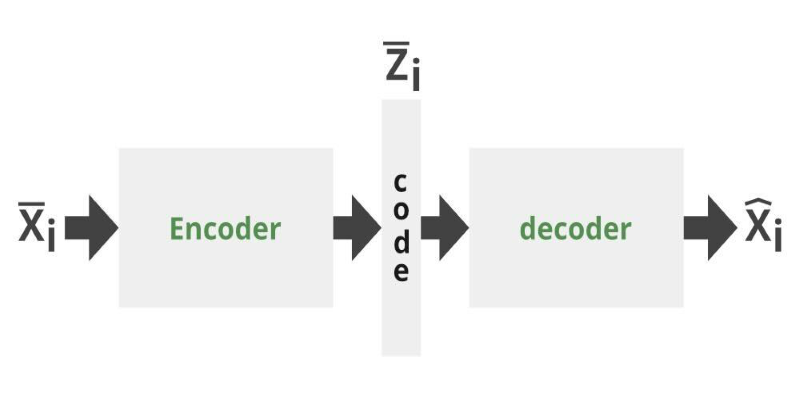
Can you get the best of both GANs and autoencoders? Adversarial Autoencoders combine structure and realism to compress, generate, and learn more effectively

How the Hugging Face embedding container simplifies text embedding tasks on Amazon SageMaker. Boost efficiency with fast, scalable, and easy-to-deploy NLP models
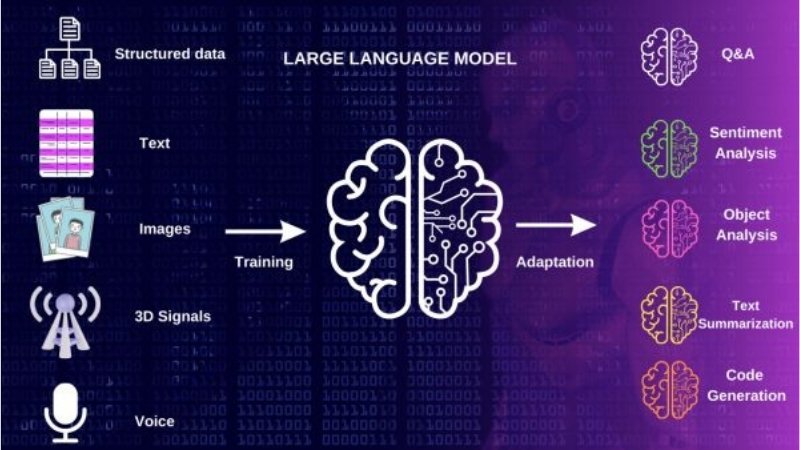
Multilingual LLM built with synthetic data to enhance AI language understanding and global communication
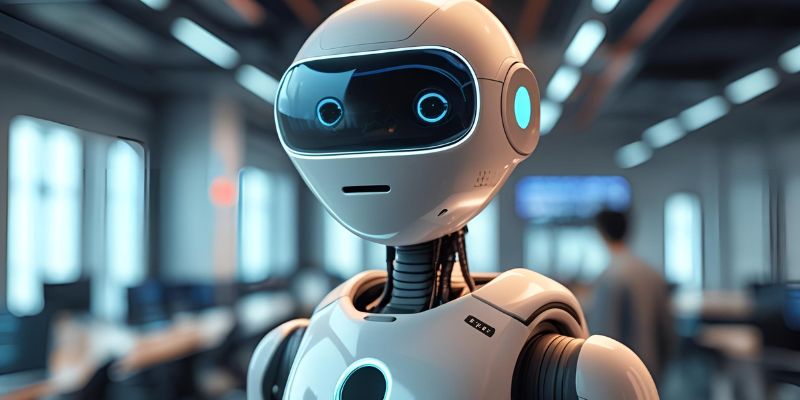
XAI’s Grok-3 AI model spotlights key issues of openness and transparency in AI, emphasizing ethical and societal impacts
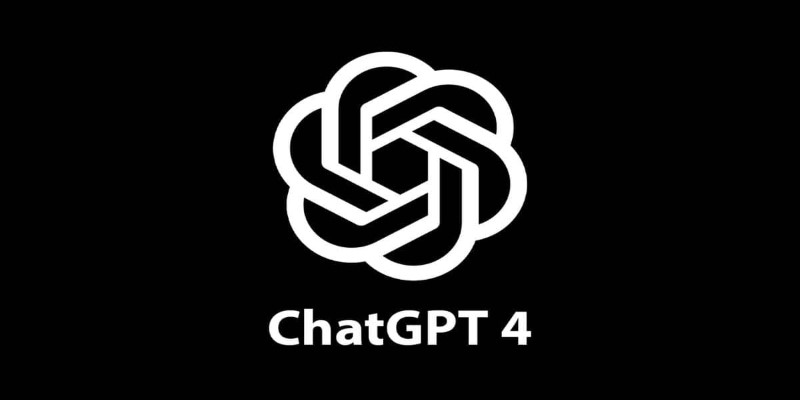
Want to use ChatGPT without a subscription? These eight easy options—like OpenAI’s free tier, Bing Chat, and Poe—let you access powerful AI tools without paying anything

Curious about data science vs software engineer: which is a better career? Explore job roles, skills, salaries, and work culture to help choose the right path in 2025